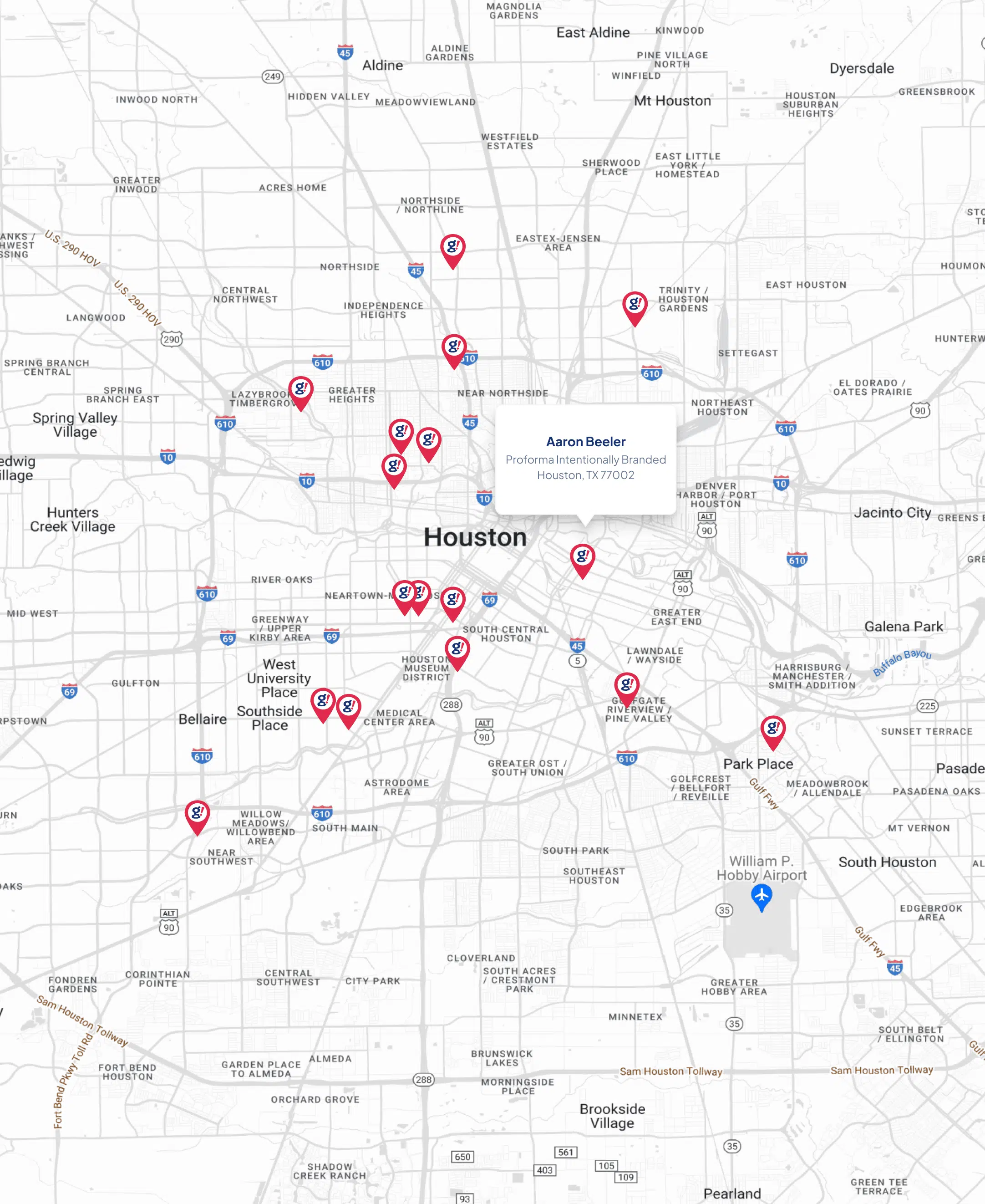7 Tips For Image SEO —Avoid These Mistakes!
- Updated on: 2021-02-18
- Read original article here

A search results page on Google often shows a similar mix of web pages, infoboxes, or a carousel of videos or images. Which form the SERPs take is determined by the search query. But how exactly do you as a website owner or company manage to rank there with your own images?
Image SEO is not just about the Google Image Search, but much more about the image results as part of the “Universal Search”, i.e. the actual SERPs. This is particularly important for transaction-oriented search queries.
The images then particularly stand out, thus represent a special feature and drive the targeted prospect to your site. Unfortunately, web content often ignores the fact that search engines are still largely text-based.
Therefore, you should always provide your images with information in text form, so that the bots and crawlers can read and index the images correctly. This way they can determine the relevance of your images for a certain keyword.
But even if you do not use your own images or sell physical products, it still makes sense to optimize your images. The simple reason for this is that optimizing images can also help the ranking of your text.
Image SEO, similar to the OnPage optimization of your website, has different optimization levels: the visible, the image, and the meta-level.
Since, as already mentioned, most search engines still work text-based and cannot read all image content correctly, the context in which the image material is embedded as well as the meta elements, such as Title and Description, are of great importance for good image optimization.
Part of the image optimization is to customize the file name. It is the first indication that Google confirms the affiliation to the content of the particular page. Therefore, it should usually contain the main keyword.
When giving an image a name, always make sure that words are written in lower case and that you do not use special characters. In addition, you should always use hyphens as word separators, since underscores are considered by Google to be a connecting element.
To make it faster and easier for the bot to crawl and index your image file, it is recommended that you compress the images to moderate file sizes optimized for the web. The recommended size is usually around 150 kB and can even affect the page speed of your website.
Since the loading speed of a web page is one of those ranking factors, optimizing image file sizes is important, but it is even more important for user experience. The most common file formats for images are JPG, JPEG, PNG, and GIF. These are particularly suitable for image optimization, as they can be easily compressed to suitable file size.
The title primarily serves to improve user-friendliness and is less important as a significant SEO factor. However, it can be useful to include the main keyword here as well.
The alt attribute is the text that is displayed when your image cannot be loaded as such. Therefore, meaningful naming is of great importance. Also for blind people, the filing of Alt tags is very important. When a website is read aloud, the alt attribute is also read aloud and thus gives the blind user an impression of what can be seen on the respective image.
The subtitle, as a visible element for the user, is also suitable for conveying image information to Google, whether it is about the copyright, the context or the image content. Here, too, it makes sense to use the main keyword. This makes it easier for Google to recognize the topical relevance.
The text surrounding the image should not contradict the naming of your image thematically. The subtitle, title tag, and alt attributes should therefore all deal with the same topic, otherwise, this will lead to user confusion. From a usability point of view, a consistent description or naming is particularly useful, because it allows the reader to directly recognize that they are on the right landing page.
In order to be able to properly monitor the traffic from the Google image search, you can use the Google Search Console. Here you simply change the search type from “Web” to “Images”. However, this analysis then only includes the true image search and not the image overlays in the Universal Search.
This is not a big deal, though, because clicking on an image in Universal Search automatically takes the user to Image Search, which is included in the statistics. However, you should keep in mind that only the last 16 months can be traced back in the Google Search Console.
Even if the ranking in Google Image Search is not your highest ambition, it can still be worthwhile to optimize your images according to the structure given above — but only for search queries where users also want to see images. To identify this, common sense or even a look at the first search results page will help you.
This is because accurate and optimized images make a domain attractive not only for the user but also for Google, which can ultimately lead to an improved ranking in the image search or in the Universal Search. The user experience is also positively influenced by optimizing images, as correctly selected image sizes and formats can lead to reduced loading times and the integration of alt attributes enables accessibility for blind users.
Optimizing images to be displayed in image search comes with many benefits. These include:
Do you want to learn more about image SEO? Or how to leverage your traffic by optimizing images? Then sign up now!
All the best, Fabian



